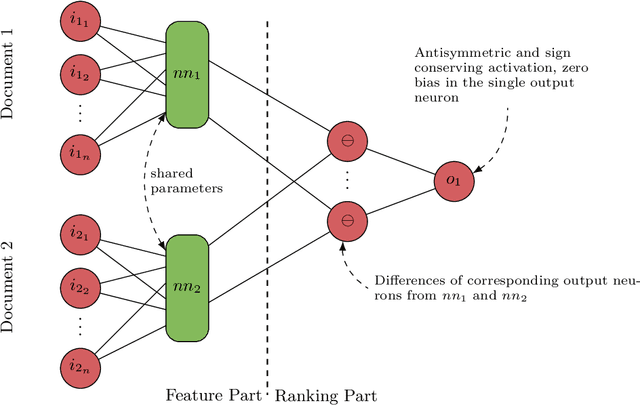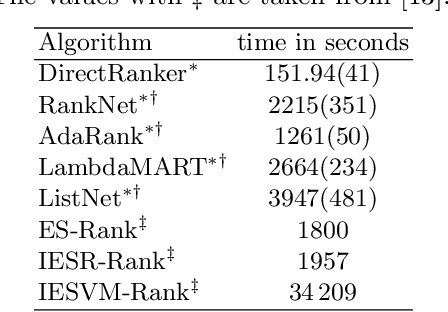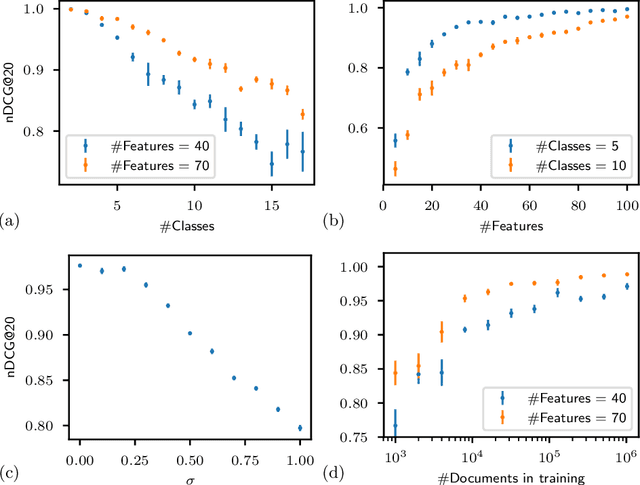Lukas Pensel
Human Guided Learning of Transparent Regression Models
Feb 21, 2025Abstract:We present a human-in-the-loop (HIL) approach to permutation regression, the novel task of predicting a continuous value for a given ordering of items. The model is a gradient boosted regression model that incorporates simple human-understandable constraints of the form x < y, i.e. item x has to be before item y, as binary features. The approach, HuGuR (Human Guided Regression), lets a human explore the search space of such transparent regression models. Interacting with HuGuR, users can add, remove, and refine order constraints interactively, while the coefficients are calculated on the fly. We evaluate HuGuR in a user study and compare the performance of user-built models with multiple baselines on 9 data sets. The results show that the user-built models outperform the compared methods on small data sets and in general perform on par with the other methods, while being in principle understandable for humans. On larger datasets from the same domain, machine-induced models begin to outperform the user-built models. Further work will study the trust users have in models when constructed by themselves and how the scheme can be transferred to other pattern domains, such as strings, sequences, trees, or graphs.
Neural RELAGGS
Nov 04, 2022Abstract:Multi-relational databases are the basis of most consolidated data collections in science and industry today. Most learning and mining algorithms, however, require data to be represented in a propositional form. While there is a variety of specialized machine learning algorithms that can operate directly on multi-relational data sets, propositionalization algorithms transform multi-relational databases into propositional data sets, thereby allowing the application of traditional machine learning and data mining algorithms without their modification. One prominent propositionalization algorithm is RELAGGS by Krogel and Wrobel, which transforms the data by nested aggregations. We propose a new neural network based algorithm in the spirit of RELAGGS that employs trainable composite aggregate functions instead of the static aggregate functions used in the original approach. In this way, we can jointly train the propositionalization with the prediction model, or, alternatively, use the learned aggegrations as embeddings in other algorithms. We demonstrate the increased predictive performance by comparing N-RELAGGS with RELAGGS and multiple other state-of-the-art algorithms.
Pairwise Learning to Rank by Neural Networks Revisited: Reconstruction, Theoretical Analysis and Practical Performance
Sep 06, 2019



Abstract:We present a pairwise learning to rank approach based on a neural net, called DirectRanker, that generalizes the RankNet architecture. We show mathematically that our model is reflexive, antisymmetric, and transitive allowing for simplified training and improved performance. Experimental results on the LETOR MSLR-WEB10K, MQ2007 and MQ2008 datasets show that our model outperforms numerous state-of-the-art methods, while being inherently simpler in structure and using a pairwise approach only.
 Add to Chrome
Add to Chrome Add to Firefox
Add to Firefox Add to Edge
Add to Edge